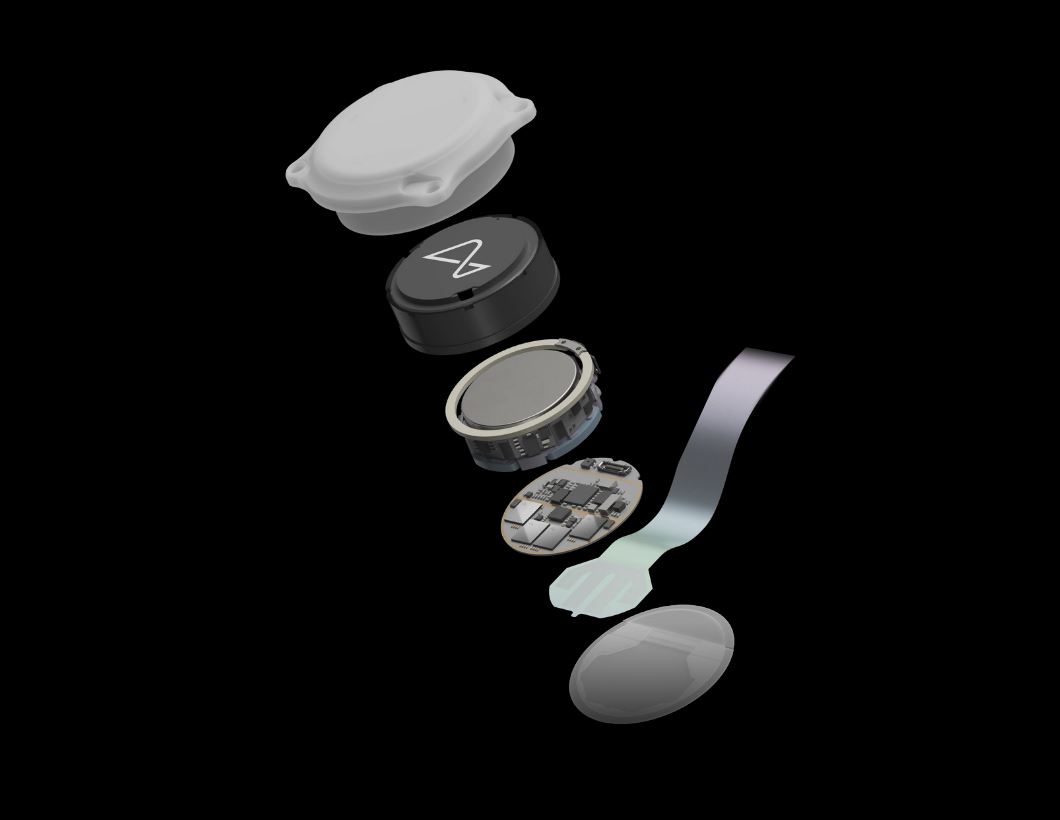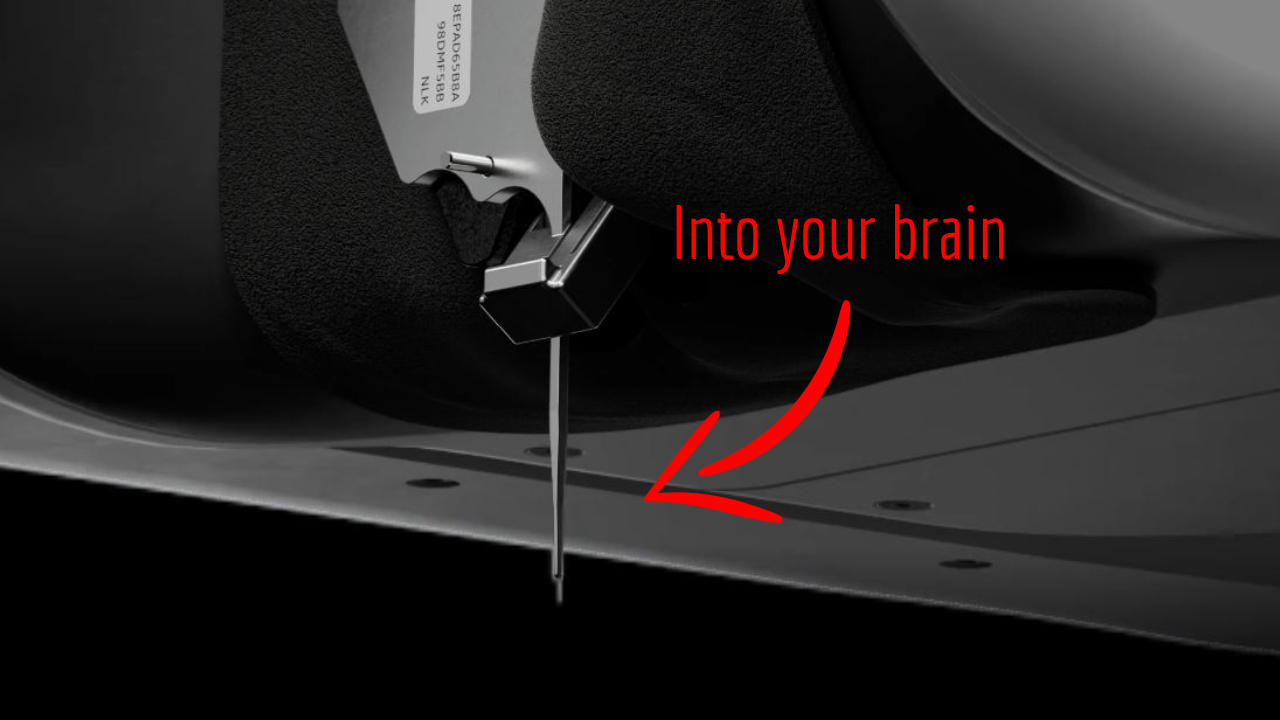- Elon Musk says his Neuralink cybernetics company has successfully gotten a patient to move a mouse pointer using only their thoughts.
- The implant is sown into a patient’s skull and brain using a needle mounted on a robot.
- Patients will have to occasionally charge the device bolted to their heads using an inductive charger, which usually has a cord.
A human being is now able to interface with a computer, and move its mouse pointer with their thoughts thanks to a cybernetic implant. This is according to fresh claims from Neuralink and its CEO Elon Musk on Tuesday.
At the end of January, Musk revealed that the first human test subject received a Neuralink implant, essentially a metal chip inserted into the brain. The patient survived the procedure and was making a recovery, he said.
The company received approval to begin human trials in September. Patients have to undergo a surgical procedure performed by a “surgical robot” that uses a needle to insert 64 “ultra-thin threads” into your skull and brain during implantation. Similar to how a sowing machine threads clothes.
This machine is apparently used to “minimize damage during implantation and beyond,” the company says.

After receiving the N1 implant, a patient will have to regularly charge its battery wirelessly using an inductive charger. Covering the entire device is a “biocompatible enclosure” that is screwed into the skull cap to remain in place.

Musk announced the successful procedure on his social media platform X, the former Twitter, and said that following the insertion, the company was picking up “promising neuron spike activity.”
The patient in question is believed to be someone who is unable to move their limbs due to some form of paralysis.
“Progress is good, and the patient seems to have made a full recovery, with no ill effects that we are aware of. Patient is able to move a mouse around the screen by just thinking,” Musk shared on X during a Spaces event on Tuesday.
Neuralink did not provide further details. In fact, there is no actual evidence of any of this happening, except what Musk, the company’s chief executive, is posting on social media.
The threads of the N1 implant are inserted into the region of the brain that controls intentions to move, according to the company. The goal of this is that the implant will allow people to control a computer cursor or keyboard using only their thoughts.
“Imagine if Stephen Hawking could communicate faster than a speed typist or auctioneer. That is the goal,” explained Musk of the first Neuralink product called “Telepathy.”
Eventually, the same technology could be used to control cybernetics using thoughts, which could allow paralysed people to retain some motion using machines.
Telepathy “enables control of your phone or computer, and through them almost any device, just by thinking. Initial users will be those who have lost the use of their limbs,” the tech mogul explained.
According to Reuters, the company has long faced scrutiny over its safety protocols. Neuralink was fined in January for violating US Department of Transportation rules about moving hazardous materials.
Wired published a story last year that alleges, based on veterinary records, that several monkeys used by Neuralink for pre-human tests died as a result of complications with the implanting procedure. The company’s official stance is that the simians perished because they were terminally ill anyway.

